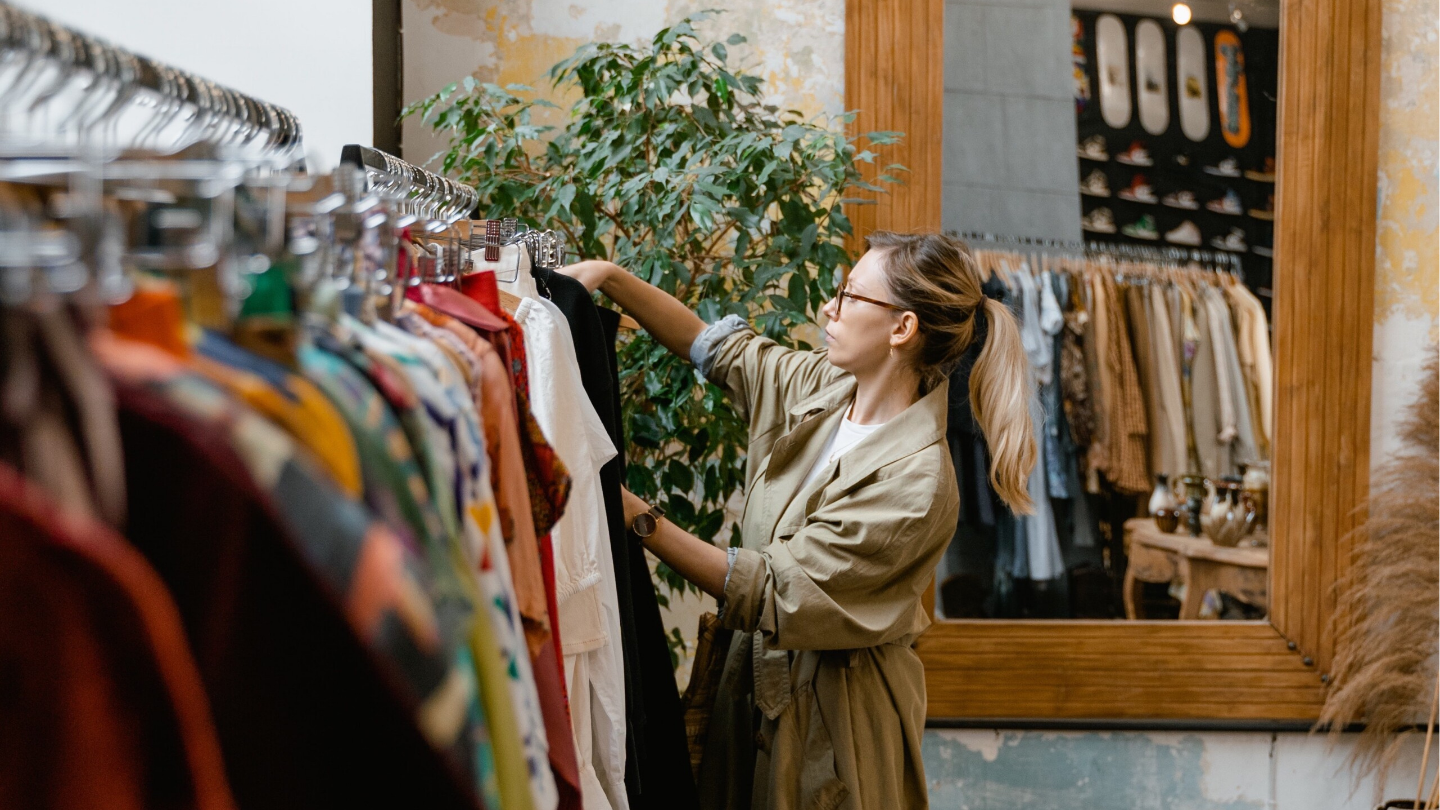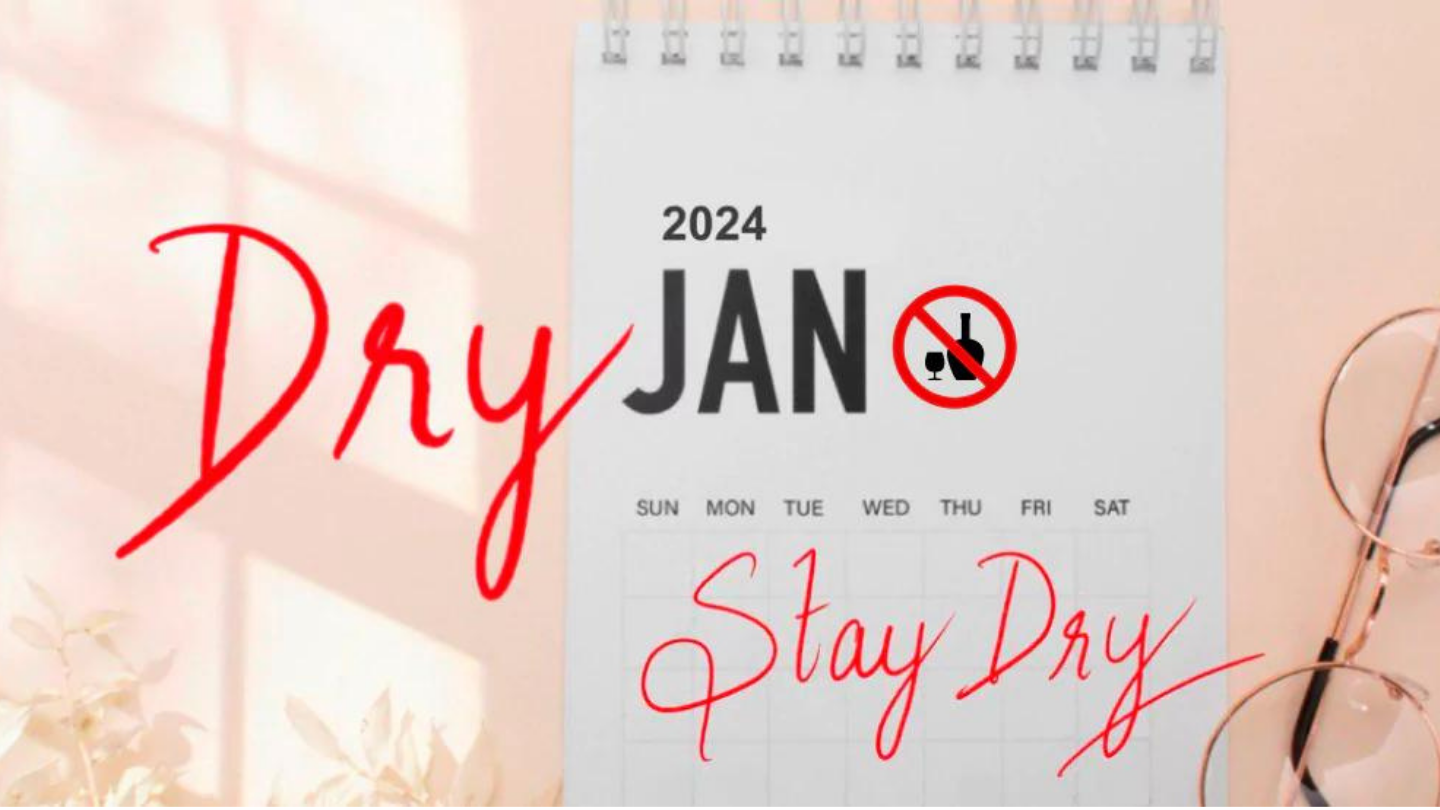Eco-Friendly Clothes: Rewarding Store Finds for a Greener Closet
The fashion industry is widely recognized for its detrimental effects on the environment. The clothes we wear frequently has a hidden cost to the environment, ranging from excessive water consumption and pesticide use in cotton cultivation to textile dyeing that contaminates waterways.
However, things are starting to change! Customers are become more conscious of the consequences of the decisions they make, and there is a growing trend toward sustainable fashion. An increasing number of eco-friendly clothing manufacturers are emerging, providing fashionable yet environmentally responsible substitutes for fast fashion.

What Qualifies as Eco-Friendly Clothing?
Before we go shopping, let’s examine what constitutes eco-friendly apparel. Here are some important things to think about:
- Choose natural, biodegradable materials such as TencelTM, hemp, organic cotton, or linen. Recycled nylon and polyester are also excellent fabrics to use. Steer clear of petroleum-based synthetic textiles like traditional polyester, which release microplastics when washed.
- Seek out companies that follow environmentally friendly production methods, like reducing the amount of water and energy used, using organic farming techniques, and providing fair labor conditions. Certain levels of assurance can be provided by certifications like Fairtrade and GOTS (Global Organic Textile Standard).
- Select well-made clothing to cut down on the number of times you need to replace it over time. Choose classic cuts and timeless styles that will not go out of style quickly.
- Think about the afterlife of the garment. Is it easily recyclable or repairable? Seek out companies that have initiatives for recycling used clothing or take-back programs.

Sustainable Buying Choices:
Let’s look at several methods you may add eco-friendly clothes to your wardrobe now:
Shop Secondhand: Buying secondhand clothing can revitalize previously owned items! Unique and reasonably priced items can be found in abundance at thrift stores, vintage shops, and online marketplaces such as Poshmark and ThredUp.
Help Sustainable Brands: Do your homework and select companies that are dedicated to environmentally responsible operations. Popular choices include Kotn, Everlane, Patagonia, Eileen Fisher, and Reformation.
- Invest in High-Grade Essentials: Create a wardrobe composed of adaptable, well-made items crafted from eco-friendly materials. This eliminates the need for impulsive purchases because they may be combined to produce a variety of looks.
- Adopt a minimalist mindset: Reducing your wardrobe collection will help the earth. Buy with awareness and concentrate on investing in items you will genuinely love and wear frequently.
- Take Good Care of Your Clothes: Maintaining your clothing increases its longevity and lowers the need for replacements. Use mild detergents, wash them less regularly, and let them air dry whenever you can.

Above and Beyond Material
Recall that eco-friendly fashion encompasses more than just the components utilized. It’s about making thoughtful decisions at every stage of the apparel lifecycle, from acquisition to disposal. Here are a few more pointers:
- Buy Local: Encouraging fair labor standards and reducing the environmental impact of transportation are two benefits of supporting local designers and manufacturers.
- Repair and Upcycle: Recycle old clothing by getting creative with upcycling projects or by learning the fundamentals of mending.
- Encourage Change: Spread the word about how the fashion business affects the environment and assist groups who are promoting change.
We can all help ensure that fashion has a more sustainable future by adopting minor lifestyle adjustments like caring for our clothing more thoughtfully and shopping less frequently. Let’s adopt eco-friendly clothing options for a more environmentally conscious wardrobe and dress with the earth in mind!
Recall that every decision you consciously make matters! For the good of both people and the environment, we can work together to build a more sustainable fashion sector.
Bonus Tip: Look at applications like The Good Trade and Good On You, which rank clothing companies according to their ethical and sustainable business methods. You can use these resources to make well-informed decisions about where to purchase.











